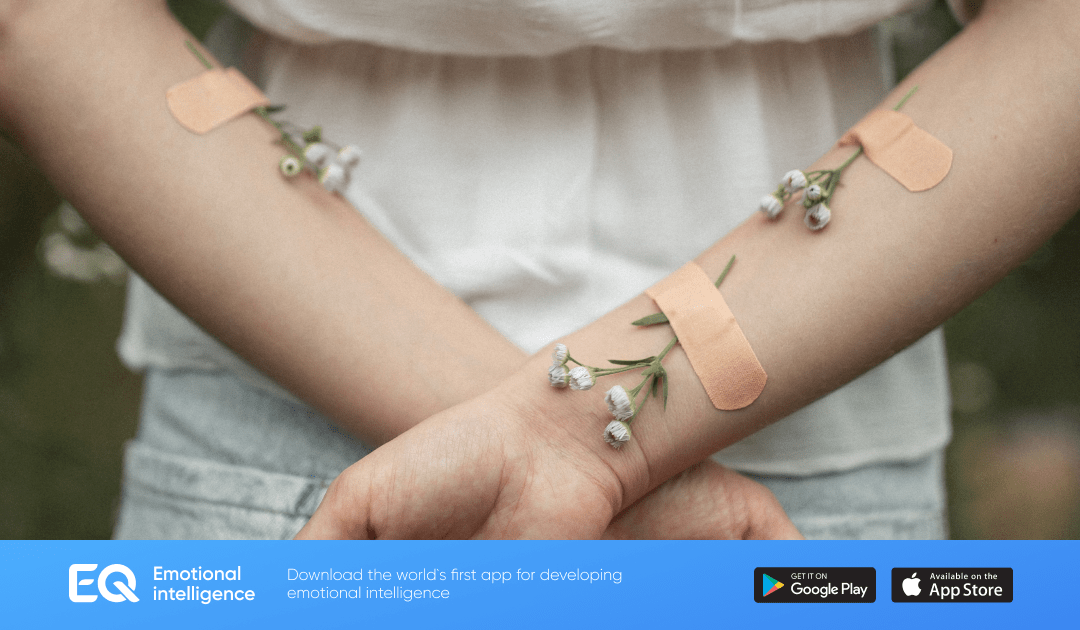In psychology, auto aggression is a protective mechanism of the psyche, a stress reaction, and psychological trauma. When a person, for some reason, cannot direct an aggressive impulse to an external object that caused his aggression, he redirects it to himself.
Self-mutilation can mean that, as a child or teenager, a person learned to suppress aggression, because of which it turned into auto-aggression.
- Violence (physical, emotional, sexual, or psychological). A person who could not survive the trauma subconsciously wants to destroy or punish himself. She thinks that this is the only way to stop the torment. The second option: through pain, a person tries to feel that he is still alive, to cover those experiences with new ones.
- Internal conflict. Self-hatred, rejection of some features (external or internal), resentment against oneself – this becomes the cause of auto-aggression. A person tries to destroy what he does not like in himself. It can also be about the inability to accept part of one’s experience, such as a traumatic childhood or a toxic love relationship.
- Inability to defend one’s opinion, conflict. If a person is silent too much and too often, suppresses his desires and needs for others, or tolerates something, then sooner or later this results in auto-aggression. In this case, auto aggression is a cocktail of self-hatred (for weakness) and aggression against others (if the patient’s behavior is not satisfactory).
To cure auto-aggression, you need to understand what exactly triggers you (injures, annoys, triggers another act of auto-aggression). Identify triggers and get rid of auto-aggression with the help of journaling. Ask yourself: “Who am I angry at?”, “What am I blaming myself for?”.
Prevention of auto-aggression involves increasing stress resistance, and timely treatment of psychological injuries, mental disorders, and somatic diseases. It is also important to develop social skills, to see the purpose and meaning of life, and adhere to them. It is important to learn the art of conflict, to be able to express feelings and to defend one’s opinion.


Recent Comments